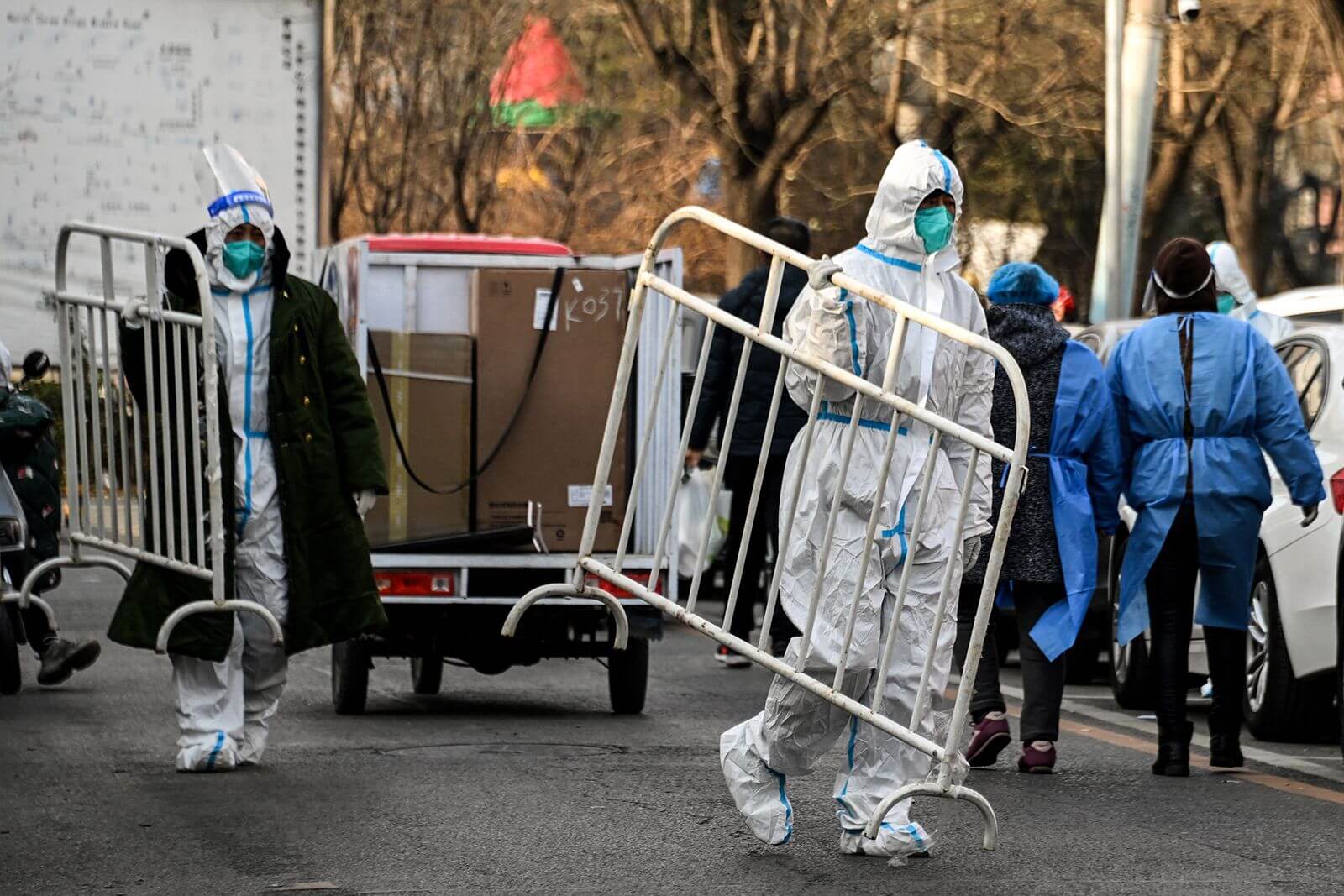China has rolled back some of its heavy-handed COVID-19 containment measures after violent protests broke out across the country last month, wherein citizens called for democracy and the downfall of the Chinese Community Party and President Xi Jinping.
Last week, authorities announced a significant loosening of restrictions that were part of the government’s zero-COVID containment policy, including measures on regular testing, digital health passes, contact tracing, and quarantine durations.
However, in the days following the move, hospitals have demonstrated a lack of preparation, as they have reported a ballooning surge in patients.
Many of the articles predicting COVID death tolls in China miss the fundamental point: we won't know what the death toll is, because the statistics will not be accurate. Scarily, for better or for worse, we will have very little idea of how many people die from COVID in China.
— Isaac Stone Fish (@isaacstonefish) December 11, 2022
According to news reports, after three years of state propaganda demonising the virus, people have been going to hospitals en masse, ignoring advisories from state media and health experts to self-medicate and recover at home.
Municipal officials from Beijing said at a press briefing on Monday that 22,000 patients had visited clinics on Sunday, 16 times higher than the daily average from last week.
Moreover, hundreds of health workers have tested positive for the virus, rendering hospitals short-staffed and forcing some to suspend non-COVID treatments.
“Hospitals bore the brunt of zero covid, and are now overwhelmed by an unprecedented outbreak,” an eye surgeon in Beijing told The Washington Post. She said over 50% of the staff in her hospital has tested positive for the virus over the past week.
China 🇨🇳
— James Melville (@JamesMelville) December 6, 2022
People line up in the snow for their daily Covid PCR test to ensure that they keep their digital QR code green. Only a green QR code allows participation in society.
Zero Covid madness. pic.twitter.com/bZPUqsjblk
“Patients who visit the fever clinic have grown several times compared with last week, and it’s likely to go on for weeks or even months more,” she said.
Chinese authorities reluctantly confirmed in a press briefing on Friday that the country would allow German nationals residing in the country to receive the Pfizer COVID-19 jab, which uses mRNA technology. In exchange, German health authorities approved China’s Sinovac vaccines to be administered to Chinese nationals living in Germany.
Even though the mRNA jab is only available to German nationals in the country, it is the first mRNA vaccine and the first non-Chinese vaccine mainland China has approved since the start of the pandemic.
While many Chinese companies have been working on developing mRNA vaccines, none have received approval from Beijing.
Children’s Hospital in #Beijing after the #CCP eased up the #ZeroCovid policy. My analysis here: https://t.co/NwPsJZALun#Covid #COVID19 #China #chinalockdown #CCPChina pic.twitter.com/PF6gZceazF
— Jennifer Zeng 曾錚 (@jenniferzeng97) December 9, 2022
In fact, in September, Indonesia became the first country to approve a Chinese-developed mRNA vaccine, made by the pharmaceutical company Walvax.
Most of the Chinese population has been administered the inactivated Sinovac and Sinopharm vaccines, which were made with the intention to target the coronavirus’ original strain, which was first identified in Wuhan in 2020.
However, as new variants of the coronavirus multiply rapidly, experts have advised Beijing to accelerate its approval process for vaccines that have been proven effective in tackling the newer strains of the virus. A quick move to this end could prevent the collapse of the Asian giant’s healthcare system, which currently has 4.5 intensive care unit beds for every 100,000 people, according to government data.
A Beijing-based adviser to the Chinese Center for Disease Control and Prevention, anonymously told Financial Times: “We can’t rely on old vaccines which are currently being used nationwide going forward.”
Protests against China's zero-Covid lockdown in Guangzhou. pic.twitter.com/qC5Sf1WRKD
— Sarhad Ke Paar (@Par2ke) December 9, 2022
Similarly, Jin Dong-yan, a virologist at the University of Hong Kong, said that “The regulatory body needs to show some flexibility. Ba. 5 is already giving way to BQ. 1.1 in the US and XBB in Singapore.” “They will never catch up,” he said.
He further suggested that “The best thing for China to do would be to approve foreign-made mRNA vaccines, expand elderly vaccination rates and stockpile antivirals.”
That being said, although the country aims to have vaccinated 90% of its population aged 80 and above with at least the first shot by the end of this month, only 40% of the country’s senior citizens have received a booster shot.

